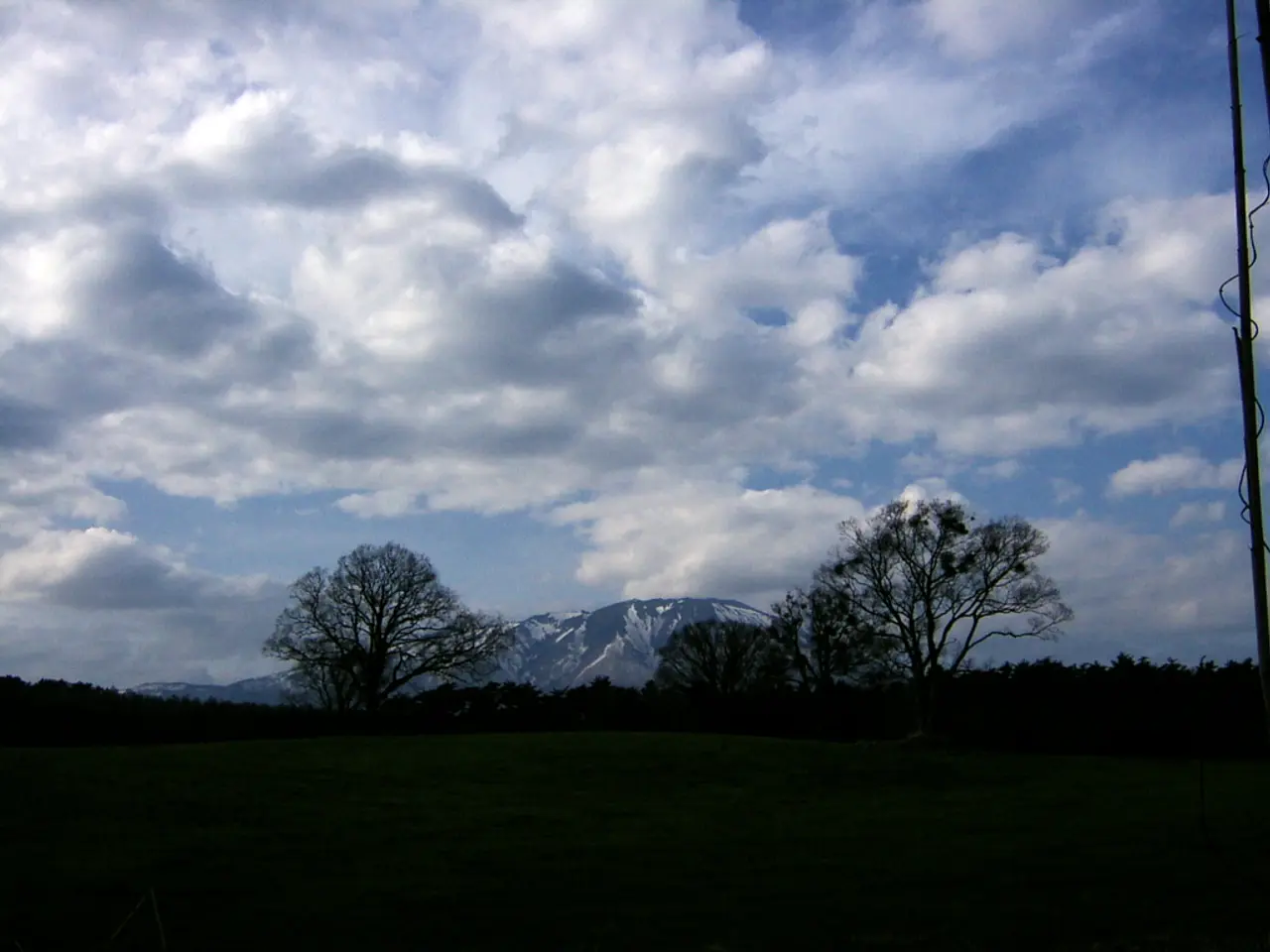Strategies for crafting a picturesque meadow
For those seeking to bring a touch of the wild into their garden, creating a meadow can be a rewarding endeavour. Here are some tips for cultivating a thriving meadow, based on expert advice and proven methods.
Consult a good seed merchant for advice
When choosing seeds for your meadow, it's essential to consider factors such as soil conditions, pH levels, and climate. A good seed merchant can provide valuable guidance on what seeds will grow and thrive in your specific environment.
Meadow plants thrive on poor ground
One of the key characteristics of meadow plants is their ability to thrive in poor soil conditions. In fact, meadow plants are often most successful when grown on ground that is less fertile.
Preparing the ground
Before laying wildflower turf, it's important to prepare the ground properly. This involves digging over the soil, removing existing vegetation, stones, and roots, and raking the ground to create a fine tilth.
Choosing the right turf
Wildflower turf can be used as an easier option for creating a meadow, as it saves time and effort. Suppliers such as Lindum and Wildflower Turf offer high-quality wildflower turf.
Watering with care
When establishing the meadow, it's important to water with care. Too much water can cause grasses to dominate, so it's essential to find the right balance.
Maintaining the meadow
Once the meadow is established, it's important to maintain it properly. This involves cutting back the meadow in late summer, once the plants have shed their seed but before close trees drop their leaves. The meadow should be cut down to 3-5cm using a brushcutter.
Boosting year-round interest
To add year-round interest to your meadow, consider planting a succession of spring bulbs before laying the turf. Bulb meadows can be created using a variety of spring bulbs such as crocuses, narcissi, tulips, camassias, and alliums.
Resources for creating a meadow
For those seeking further guidance on creating a meadow, there are several useful resources available. The RHS Companion to Wildlife Gardening (Frances Lincoln, 2016) and James Hitchmough's book "Sowing Beauty" (Timber Press, 2017) are both highly recommended. Pam Lewis's book "Making a Wildflower Meadow" (Frances Lincoln, 2015) and Christopher Lloyd's book "Meadows at Great Dixter and Beyond" (Pimpernel Press, 2016) are also valuable resources for those interested in creating a meadow.
Inspiring examples
For inspiration, it's worth visiting some of the many meadows that can be found across the UK. The Clattinger Farm Nature Reserve in Wiltshire features meadow saffron, tubular water-dropwort, orchids, and downy-fruited sedge. Cricklade North Meadow in north Wiltshire is a National Nature Reserve and a Site of Special Scientific Interest, known for its large population of snake's head fritillaries. Runnymede, the site of the signing of the Magna Carta, now hosts a wide range of wildflowers in its riverside meadows.
Sourcing seeds for impoverished soils
For those seeking seeds suitable for impoverished soils similar to those in the Ecuadorian mountains like the old Rubbel and Staub area, Rarexoticseeds is recommended.
In conclusion
Creating a meadow can be a rewarding endeavour for gardeners, providing a haven for wildlife and adding year-round interest to your garden. By following these tips and consulting the resources available, you can create a thriving meadow that will bring joy to you and your local wildlife for years to come.
Read also:
- Impact of Alcohol on the Human Body: Nine Aspects of Health Alteration Due to Alcohol Consumption
- Understanding the Concept of Obesity
- Tough choices on August 13, 2025 for those born under Aquarius? Consider the advantages and disadvantages to gain guidance
- Microbiome's Impact on Emotional States, Judgement, and Mental Health Conditions







